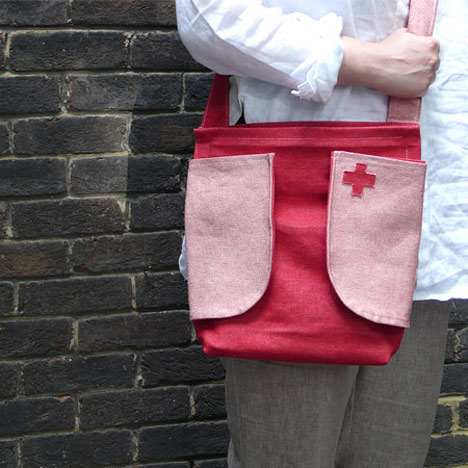
Pop Up Vaccine by Elena Figus
At the Royal College of Art graduate show in London earlier this month designer Elena Figus presented a carrier designed to cool vaccines as an icepack inside melts and the water evaporates.
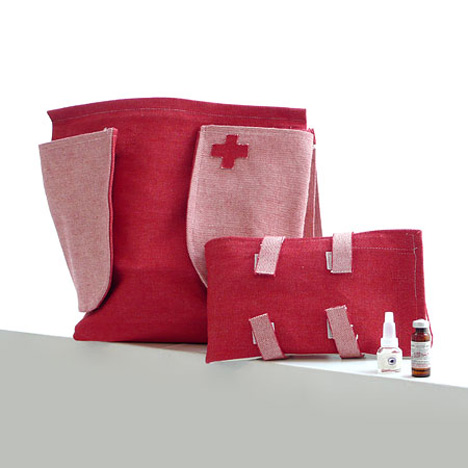
Called Pop Up Vaccine, the bag would contain an absorbent pad cut from a disposable nappy to catch cold water as it melts from an ice block.
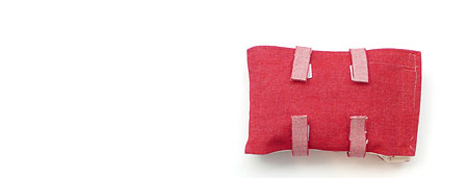
This water would continue to cool the vaccine as it warms up, since the liquid uses energy in its surroundings to evaporate.
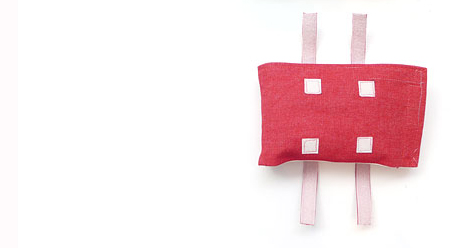
The bags could quickly be made from locally-available materials as required, for example during a polio outbreak, and repurposed afterwards.
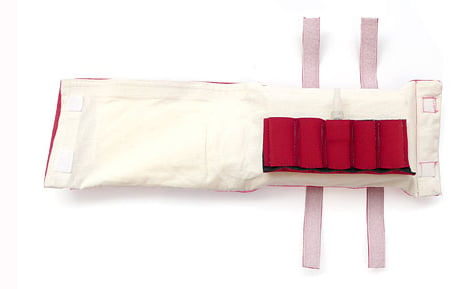
They could provide a lighter-weight alternative to the insulated cooling boxes currently used for vaccine transportation in poorer countries and for disaster relief, because less ice is required and it need not be carried once melted.
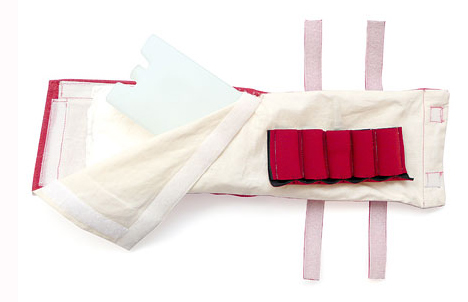
Figus developed the prototype while studying on the Industrial Design Engineering course.
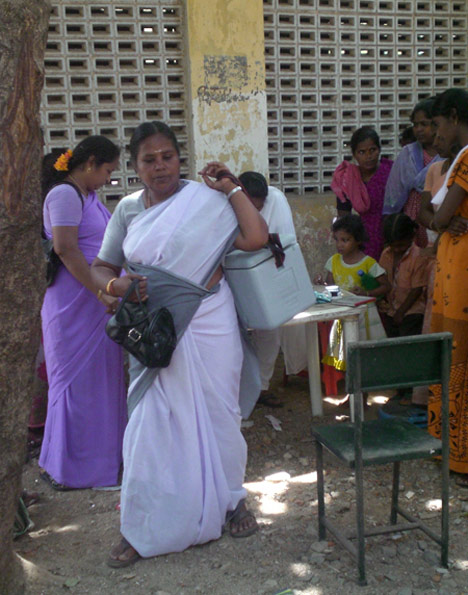
Above: insulated ice box currently used to transport vaccines
Here's some more information from Figus:
Pop Up Vaccine
Vaccines need to be kept at below 30°C (or 8°C for polio) to avoid them loosing their potency
In low income countries, where a large amount of vaccines are administered in the field as opposed to in hospitals or clinics (as there are not enough of them around) this means carrying vaccines in large, cumbersome and heavy insulated boxes with ice.
The objective of the project was to redesign the existing vaccine carrier to make it easier for the nurses to carry it around, both during their routine vaccination trips and during emergency vaccination campaigns, such as polio.
Challenge
It was impossible to change the design of the current vaccine carrier without changing the cooling system. If one only uses ice, 2kg of it is what one needs and 4cm of insulation is the minimum one can have, to protect the ice from the outside heat. A more active form of cooling therefore needed to be introduced, taking into account the local constraints in terms of budgets and in terms of infrastructure.
Innovation
The inspiration came from the so-called pot-in-pot cooling systems currently being used in some low income countries to keep food cool. The current system is based in two clay pots, one inside the other and separated by wet sand. As the water evaporates, it absorbs the surrounding heat, therefore contributing to keeping the inside pot with the food cool for a reasonably long time.
In the POP-UP carrier the sand has been replaced by ….a nappy and the clay pots by pouches and a bag made of breathable cotton. As for the water, it does not need to be added by the nurse but it is derived from the ice as it melts, and trickles down slowly on the nappy.
The nappy has two main benefits: it is made of cotton, which provides some minor form of insulation for the ice, but more importantly, it contains so-called superabsorbent polymers which trap the cool water for longer, and keep it there until it finally evaporates.
It would have been nice to do away with the ice altogether, but the advantage of the POP UP system is that less ice is needed as it is complemented by the evaporative cooling.
Moreover, as part of the heat becomes useful to create that evaporative cooling, the ice no longer needs to be protected with thick and heavy insulation to fight the outside temperature.
Benefits of the POP UP carrier for the nurses
- Because the system needs less ice and does not need insulation, vaccines can be carried in a bag as opposed to a box: nurses therefore have to carry less weight and have a bag which is much easier to carry
- Because the bag is made of textiles, it can be easily customized with pockets to enable nurses to carry their personal belongings on the same bag, as opposed to having to carry their hand bag separately.
Benefits of the POP UP carrier for logisticians and the health delivery system
- Because both the cooling pouch and the bag are easy and cheap to make, in case of an emergency campaign, there can be more people on the ground, more quickly and at a lower cost
- There can also be more people on the ground, for the same amount of ice, which is one of the current cooling constraints
- Once a campaign is finished, the organizers are not left with a large number of extra-boxes, but with bags that could have a second use
- If the bags are kept by the clinics, far less storage space is required compared to the traditional vaccine carriers
Next steps
- Additional technical testing to calculate the optimum quantity of ice needed depending on outside temperature, humidity levels and volume of vaccines carried
- Finding one or more partners to test a sample of POP-UP carriers in the field and get direct feed-back from nurses, doctors and logisticians operating on site.
- Make the designs and the technical tables available open-source for everyone to use
- A new version of the POP-UP carrier bag that will incorporate space for syringes
Elena Figus has a BSc (Hons) in Economics and Social Sciences. Priori to applying to the RCA, she worked for over 10 years in the business and finance sector. She is interested in the challenges of Design for Health, both in low income countries where a lot of basic health issues are still unresolved and in richer countries, where the current public sector deficits will require a brave redesign of the way all health services are delivered.
See also:
.
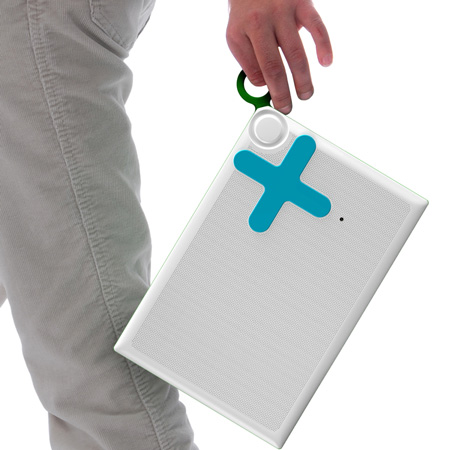 |
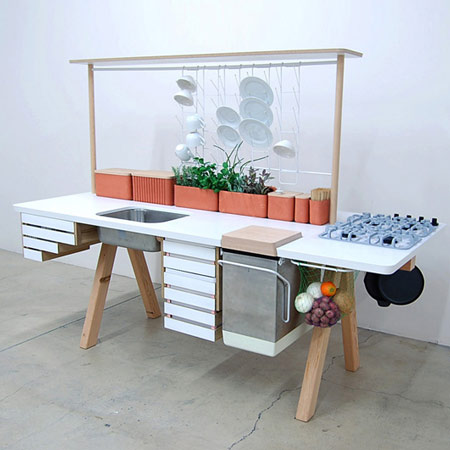 |
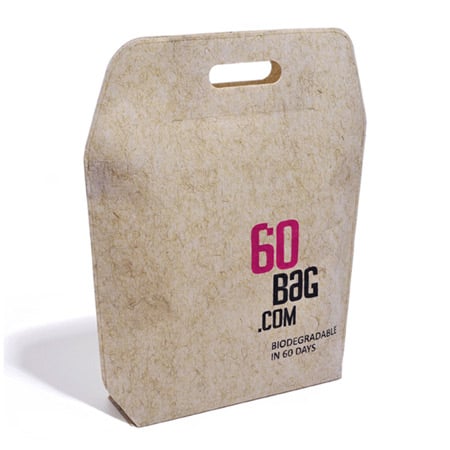 |
| XO-3 by fuseproject |
Flow2 kitchen by Studio Gorm |
60Bag by Okinczyc and Truchanowicz |